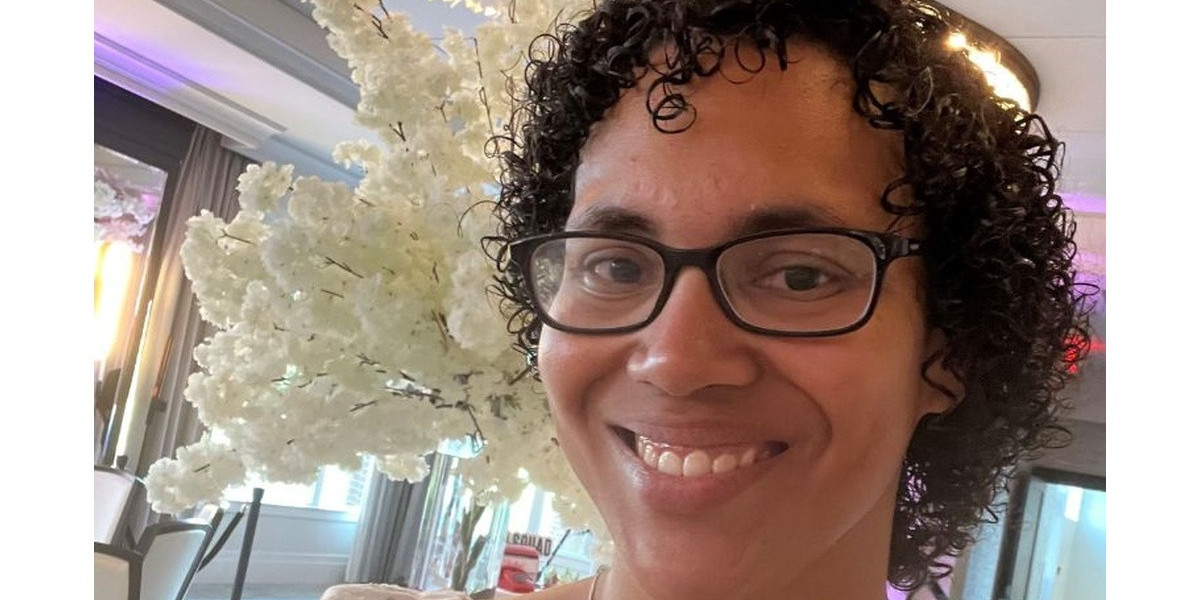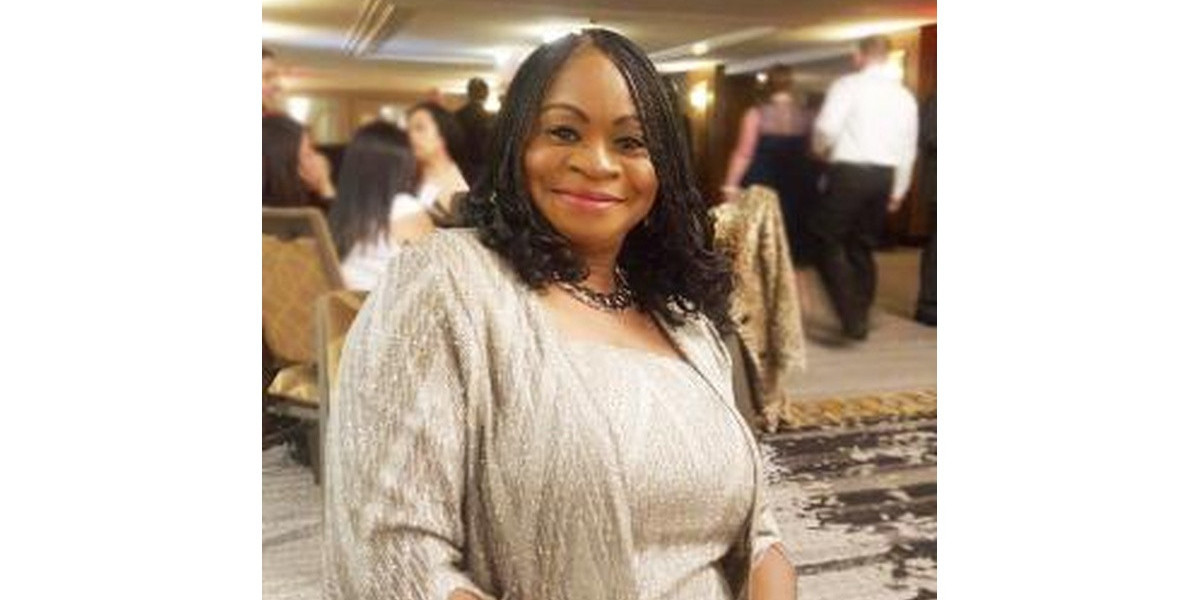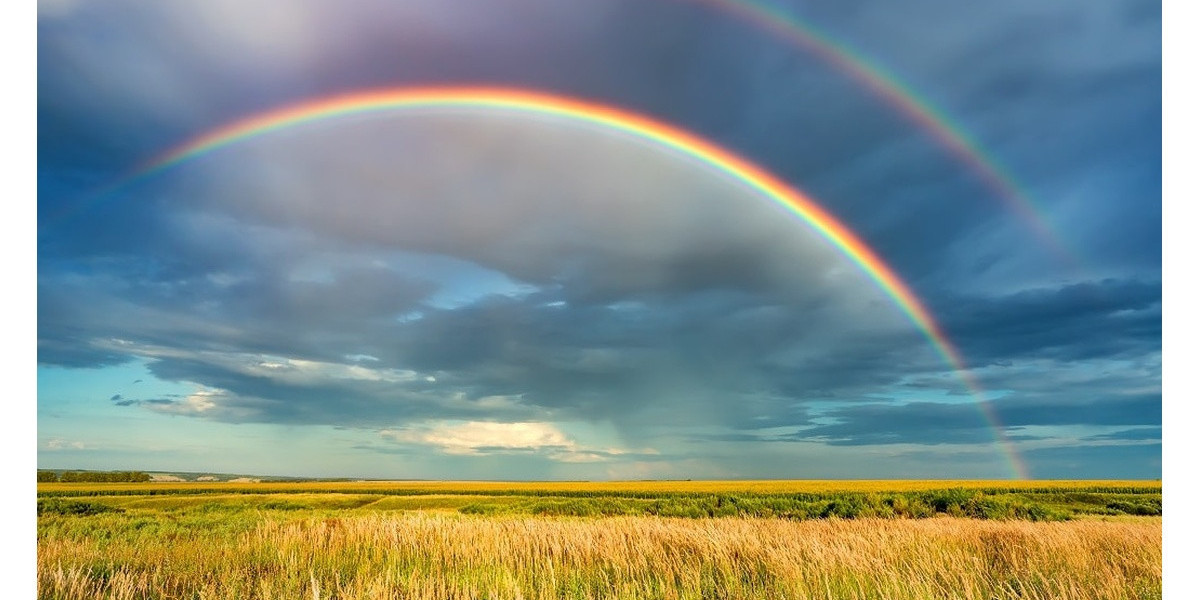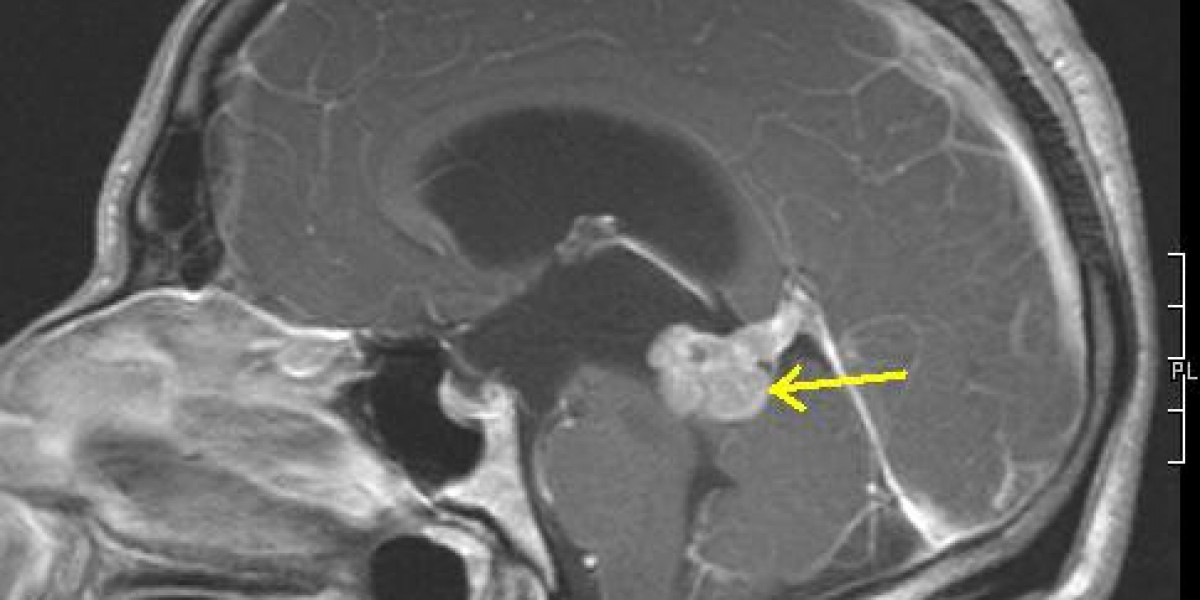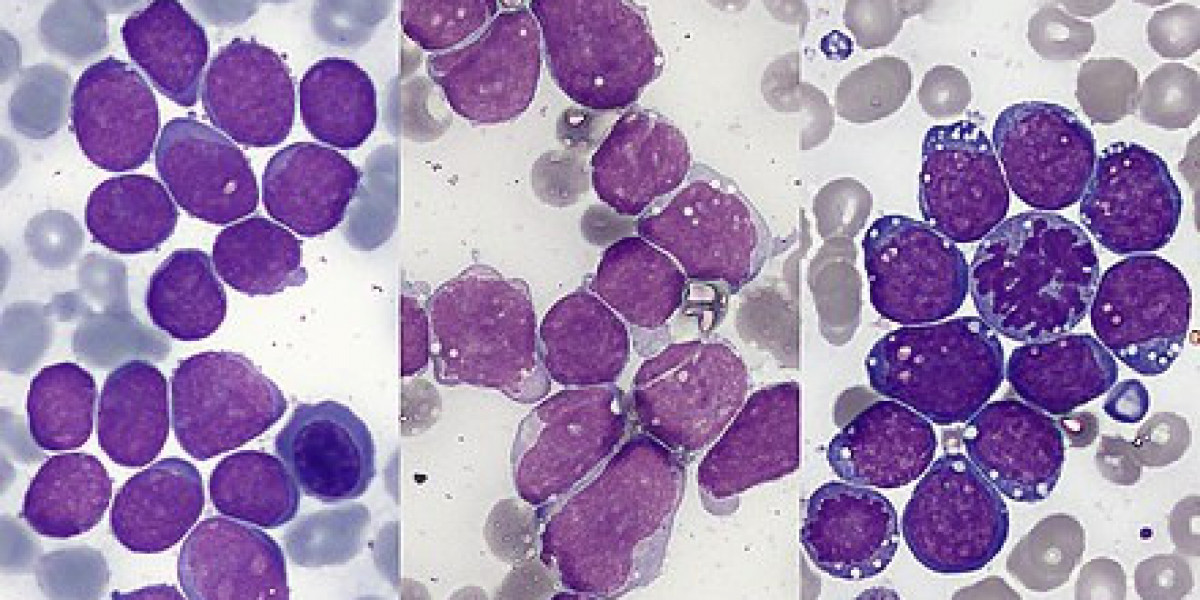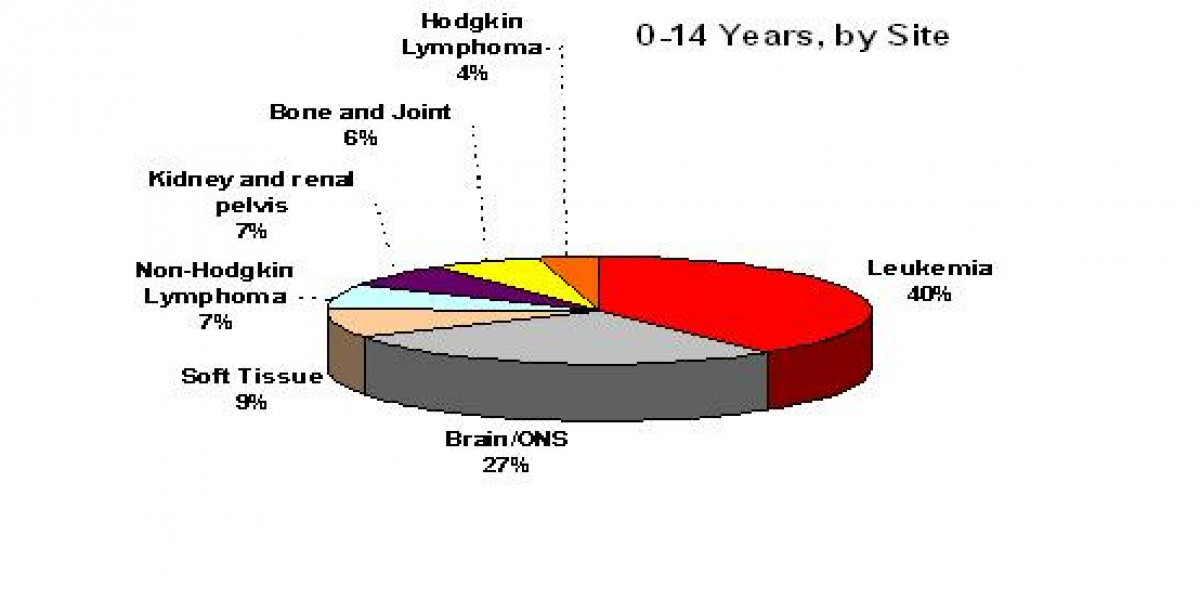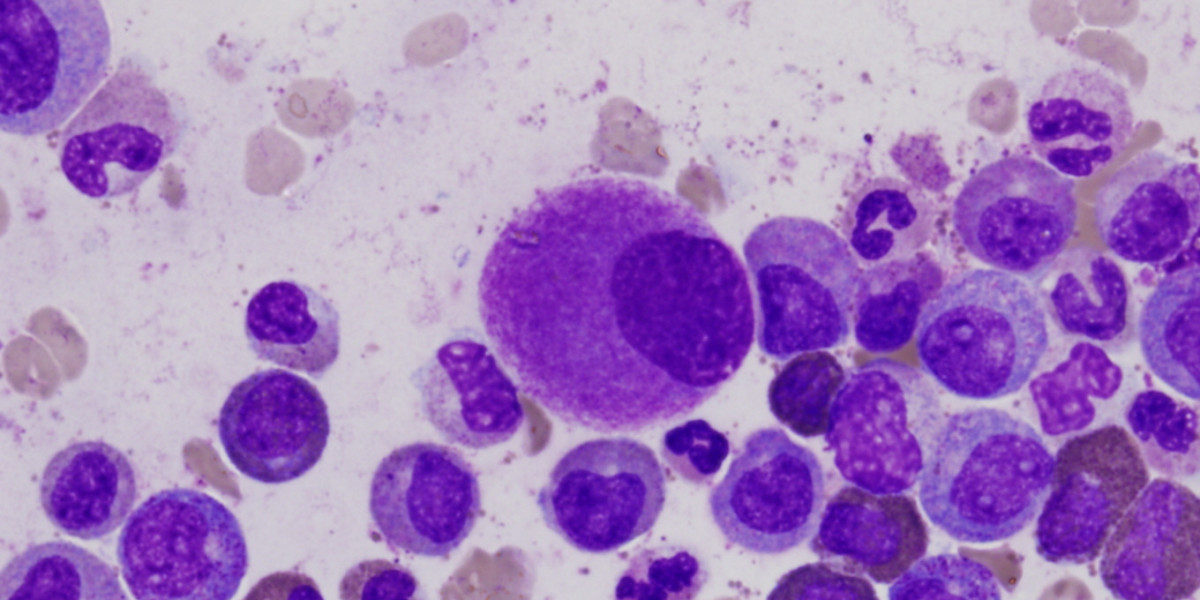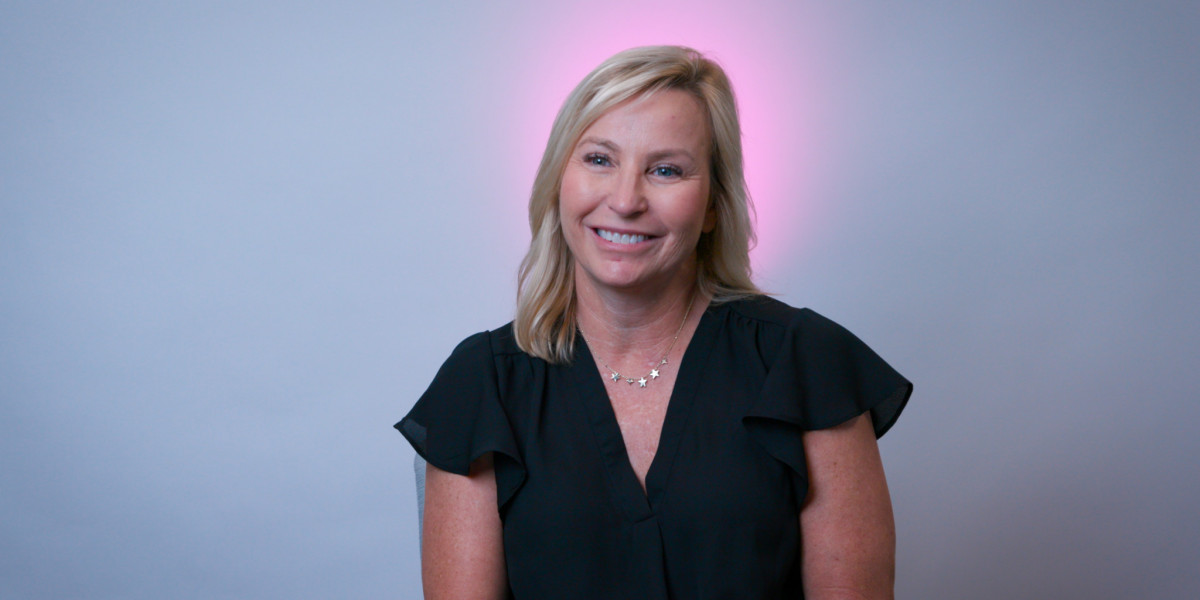Blogs>Stepping up for support and healing from TNBC
Building bonds one step at a time: The power of walking with fellow breast cancer thrivers
Angelica Rinker, called Angel by her friends and family, struggled withnauseawhile havingchemotherapyforstageIIItriple-negative breast cancer. However, when she started walking on the sidewalks and parking lots around the hospital after eachinfusion, she discovered “if I could walk, I didn’t feel as nauseous.”
A few months later, a woman she knew from a local mothers’ group was starting chemo for breast cancer in the same hospital where Angel was havingradiation therapy. They agreed to walk together after their sessions and found those meet-ups eased more than their physical side effects from treatment.
“We were walking, but we were also talking,” Angel says. “It was helpful to be able to say things we weren’t able to say to other people who hadn’t been diagnosed with breast cancer, because they might not get it.”
The benefits of those walks reminded Angel of a fitness program for beginner walkers and runners she had joined before being diagnosed in 2022. The program included walks with other women, training, and speakers on health – including a young mother like Angel, who shared her story about doing abreast self-examand finding a lump that was breast cancer.
The speaker’s story motivated Angel to check her own breasts for the first time. That was when she discovered the lump that led to her breast cancerdiagnosis. Angel was then 34, with five children ages three to 15. She left the fitness program to start breast cancer treatment but remembered the group’s impact on her life with gratitude.
As Angel and her friend, Charlotte Safrit, walked and talked during treatment, they reflected on the physical and emotional benefits they gained from those regular walks. “We thought, ‘Okay, this is helpful. Let’s see if anyone else wants to come and walk with us,’” Angel says.
In early 2023, Angel and Charlotte created the Brightside Walking Club, a walkingsupport groupfor breast cancer patients and thrivers in the Allentown, Pennsylvania, area. The two women co-coordinate the group and its twice-weekly walks. Sharing scheduling and other tasks helps them manage time. The group communicates through a private Facebook group. Walks take place in local parks. Parents can bring their children, which eases worries about arranging and paying for child care.
As the walking group grew, members shared information and tips on breast cancer care and services. They asked about others’ experiences with everything from reconstruction options to recommendations for doctors. A second Facebook group developed to preserve the information, called Breast Cancer Support Lehigh Valley. “There was a need for it,” Angel says. “We wanted to collect all these resources.”
About two dozen women now participate in the walking support group and more than 40 take part in the informational support group.
The walking group has added other activities as well. They’ve held a few Zoom meetings and have conducted coffee-and-swap meet-ups in person to exchange items they no longer need, such asmastectomypillows or port shirts. Some of the women will also be participating in a walk/run in the fall that benefits research and care for local breast andovarian cancerprograms.
“Exercise helped with the bone pain and nausea. It helped with me feeling better faster in-between treatments. But being able to walk and talk with other people helps with the mental aspect where you’re not so alone. You’re with people going through the same thing.”
Angel Rinker
Soon after it began, the walking group became one of Angel’s several sources of support. Others include family and friends who provided much-needed help, especially early on.
Angel’s husband was particularly supportive. He urged her to see a doctor right away and took off from work to go to her appointments with her. Once, when she forgot her insurance card, he reassured her to keep the appointment. Together, they juggled time to cover school, sports, and other activities for their five children, along with their own work schedules, the walking group meetings, and more.
Her sister, apathologist, helped her understand information in her electronic medical record and talk through any concerns. Her parents and mother-in-law drove from two hours away to provide child care during treatment. Similarly, friends made long trips to lend a hand. Angel’s childhood “church family” collected funds and sent gifts for the children.
Online, Angel searched for information about her TNBC diagnosis and breast cancer in general. She found theTriple Negative Breast Cancer Foundationand virtual groups of people with TNBC who shared experiences and advice.
“Support was different when it came from other survivors,” Angel says. “Other supports helped, but not in the same ways. The people around me were helping with babysitting or fundraising, but as far as the emotional part, I still was really, really lonely.”
“With the support groups, it was incredibly helpful to talk to other people who were going through the same thing or who had been there,” she says. “It’s still where I get a lot of my support.”
Similarly, the walking group provided much more than physical activity. “Exercise helped with the bone pain and nausea. It helped with me feeling better faster in-between treatments,” says Angel. “But being able to walk and talk with other people helps with the mental aspect where you’re not so alone. You’re with people going through the same thing.”
She also looked for guidance on parenting after diagnosis, which led her to LBBC and its Facebook groups. Support geared for each child was important because they were different ages, had different personalities, and different ways of processing information, Angel says. The family found help through children’s books in LBBC’sReading for Reassuranceprogram,Bright Spot Network, discussions in online groups, andtherapy.
A TNBC diagnosis means there are fewer treatments available due to a lack of hormonal targets. Angel has taken part inclinicaltrials that could improve treatment options for people with TNBC.
She’s now a participant in TNBC research that focuses on DNA monitoring. “That’s something I was looking for,” she says, because TNBC rates are higher in Black and Hispanic women but research has not determined why. Angel is both Black and Hispanic.
“I’m also adopted, so I did not know my health history. It was important to me to do all thegenetic testing, especially because I have kids,” she says.
Angel is now an LBBCYoung Advocate, adding another source of support to her networks. She plans to continue learning about current research on breast cancer and TNBC, taking part in studies, and sharing information with others.
Medical science is “always looking for more research and information to further things along,” Angel says. “I just want to be able to help down the line.”
DISCLAIMER:
The views and opinions of our bloggers represent the views and opinions of the bloggers alone and not those of Living Beyond Breast Cancer. Also understand that Living Beyond Breast Cancer does not medically review any information or content contained on, or distributed through, its blog and therefore does not endorse the accuracy or reliability of any such information or content. Through our blog, we merely seek to give individuals creative freedom to tell their stories. It is not a substitute for professional counseling or medical advice.
This article was supported by the Grant or Cooperative Agreement Number 1 U58DP006672, funded by the Centers for Disease Control and Prevention. Its contents are solely the responsibility of the authors and do not necessarily represent the official views of the Centers for Disease Control and Prevention or the Department of Health and Human Services.
Breast cancer statistics
Discover statistics to answer some of the most common questions and to present a general picture of what breast cancer in the U.S. looks like today.
Black with breast cancer
While “Black breast cancer” is not a type of breast cancer clinically speaking, Living Beyond Breast Cancer uses the term to acknowledge and elevate the experiences of Black people living with a breast cancer diagnosis.
Young with breast cancer
If you are diagnosed with breast cancer before the age of 45, your medical and emotional concerns may be very different than those who are diagnosed when they are older.
Genetic counseling
Genetic counseling is the process of meeting with a genetic counselor to discuss your family health history and whether genetic testing is right for you. A genetic counselor is a healthcare provider.
Centering diversity, equity, and inclusion
Together, we are making an organization-wide shift that ensures that our programing, hiring, board development, and content creation integrates the principals of equitable and culturally competent thinking throughout our organization.
Early menopause
If you are premenopausal or perimenopausal, breast cancer treatments may cause your menstrual periods to stop for a while or, in some cases, permanently.
Ovarian suppression
Ovarian suppression is surgery, radiation therapy or medicine that is used in premenopausal women to stop the ovaries from working.
Gonadotropin-releasing hormone (GnRH) agonists
The gonadotropin releasing hormone agonists, or GnRH agonists, are a class of injectable medicines offered to pre- and perimenopausal women with breast cancer in order to temporarily suppress, or slow, ovarian function.
Making decisions about protecting your fertility
You might not be thinking about having a family at the time of your diagnosis, but that’s the best time to talk with your partner, family, and healthcare team about future fertility.
Protecting your fertility during treatment
If you are premenopausal (still having menstrual periods), breast cancer treatments such as chemotherapy and hormonal therapy can affect your fertility. This may make it harder to become pregnant after treatment ends.
Sign up to receive emotional support, medical insight, personal stories, and more, delivered to your inbox weekly.
We'll send support straight to your inbox.
Robin Warshaw
Angelica Rinker
Tagged:
Was this page helpful?
Living Beyond Breast Cancer is a national nonprofit organization that seeks to create a world that understands there is more than one way to have breast cancer. To fulfill its mission of providing trusted information and a community of support to those impacted by the disease, Living Beyond Breast Cancer offers on-demand emotional, practical, and evidence-based content. For over 30 years, the organization has remained committed to creating a culture of acceptance — where sharing the diversity of the lived experience of breast cancer fosters self-advocacy and hope. For more information,learn more about our programs and services.
Living Beyond Breast Cancer
40 Monument Road, Suite 104
Bala Cynwyd, PA 19004
©2025 Living Beyond Breast Cancer
Originally published on The Patient Story: https://www.lbbc.org/blog/stepping-up-for-support-and-healing-from-tnbc
